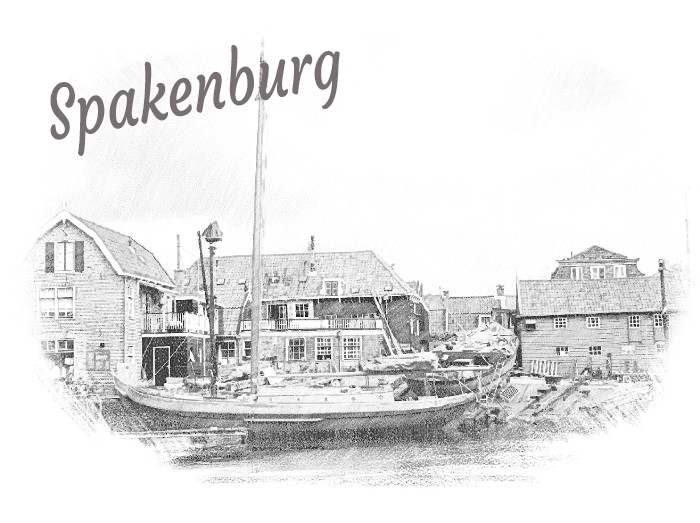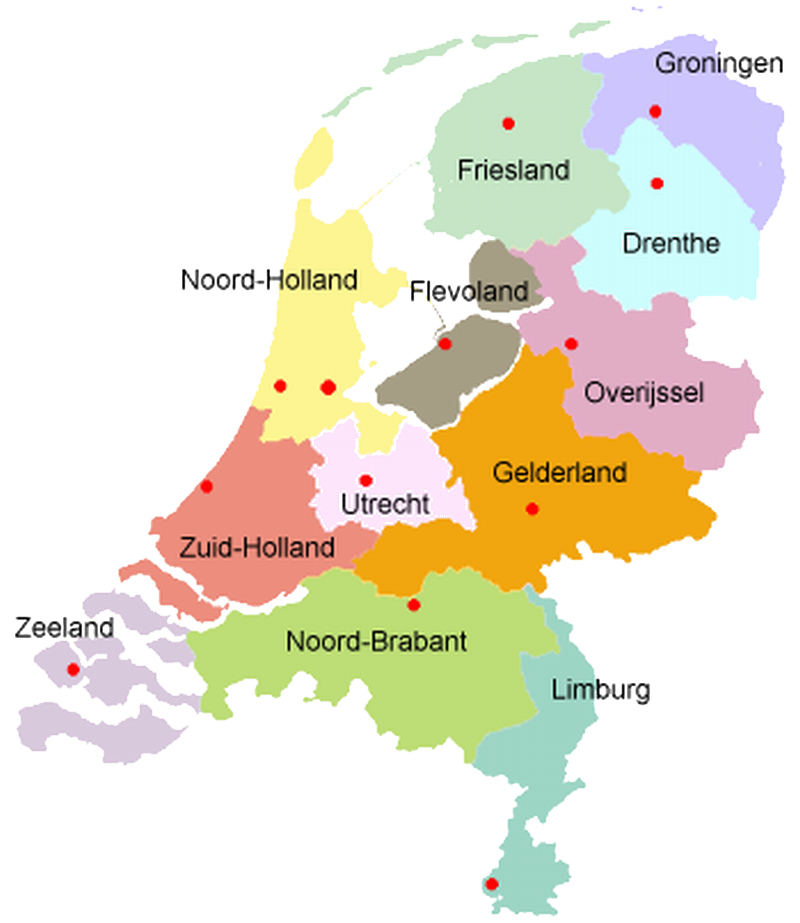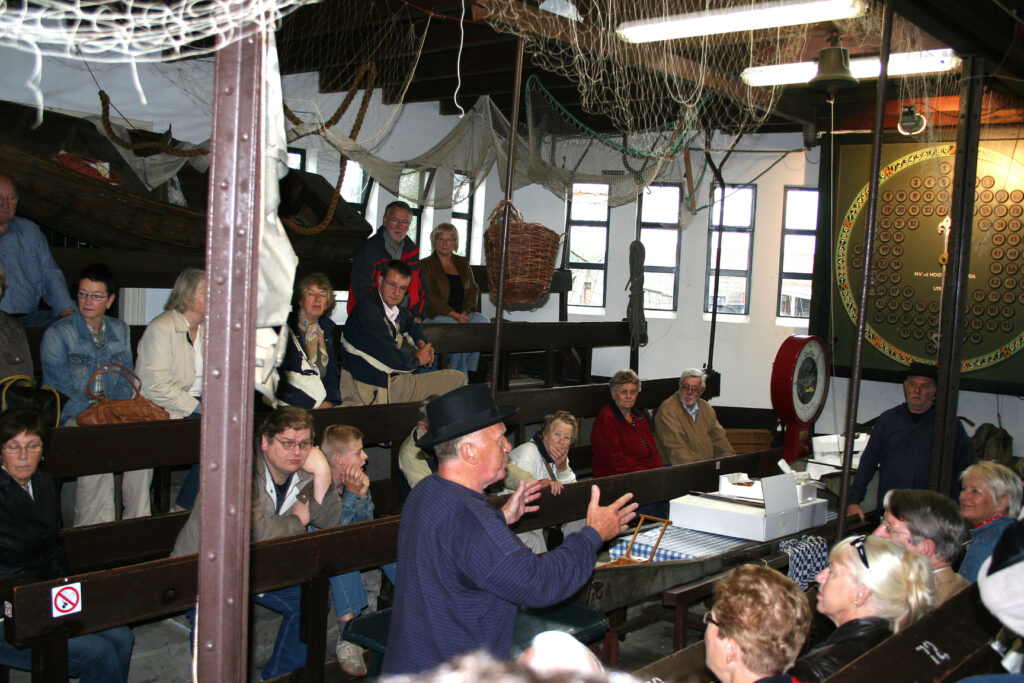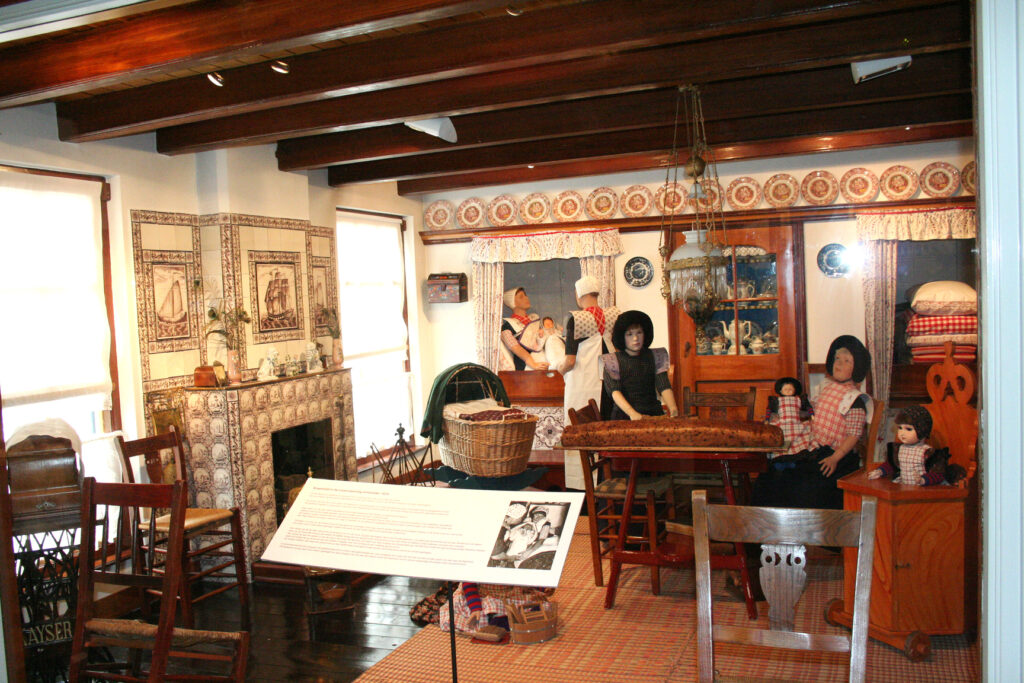
renowned for its centuries-old traditions
Spakenburg is a charming village that embodies the rich maritime history and cultural heritage of the Netherlands. Situated just a stone’s throw away from Amsterdam, this quaint gem offers a captivating blend of tradition and modernity.
Spakenburg is renowned for its centuries-old fishing traditions, which still thrive today. The sight of colorful fishing boats docked along the water’s edge is a vivid testament to the village’s seafaring legacy. The local museum provides a fascinating journey into the past, showcasing the evolution of fishing techniques and the lives of the hardworking fishermen.
Walking through the cobblestone streets, visitors can explore well-preserved historic houses, many adorned with intricate wooden facades that reflect the village’s maritime identity. Traditional Dutch costumes are a common sight, as the villagers proudly wear them during special occasions and festivals, infusing the streets with vibrant colors and a strong sense of community.
The modern Spakenburg harmoniously coexists with its past, offering a range of cafes, shops, and restaurants where one can savor fresh seafood delicacies and other culinary delights. The annual Spakenburg Days festival is a highlight, attracting visitors from far and wide to enjoy local crafts, music, and the warm hospitality of the village.
For travelers seeking an authentic Dutch experience, Spakenburg is a must-visit destination. Its idyllic setting, rich history, and welcoming atmosphere make it a treasure trove of culture and heritage that continues to captivate those who venture to its shores.
fish auction
The auctioneer’s rhythmic chants and animated gestures orchestrate the proceedings. Buyers, both locals and visitors, engage in friendly competition, vying for the best catch. The atmosphere is electric, charged with anticipation and excitement. The tradition of shouting out bids and sealing deals with a handshake harks back to simpler times, when integrity and trust were the cornerstones of trade.But beyond the economic significance lies the emotional resonance. The fish auction binds the community together, fostering a sense of unity and pride. It’s a time when stories are shared, and connections are forged over a shared appreciation for the sea’s bounty.The fish auction of Spakenburg is not just a transactional event; it’s a living ode to tradition, a canvas that paints the village’s soul with vibrant strokes of culture and history. In experiencing this enchanting spectacle, visitors are invited to glimpse the heart of Spakenburg and the enduring ties that bind its people to the water.

the fishing past
As a fishing village on the former Zuiderzee, Spakenburg used to have its own character compared to the surrounding, more agricultural places. In the first half of the twentieth century, the village – rightly or wrongly – became known as a place where traditional folk culture was still present, which led to the attention of folklorists and tourists.
Due to the reclamation of the former Zuiderzee, the expansion of the place and the arrival of new employment, the character of the place has changed in the course of the twentieth century. The private character of the village has largely disappeared. The number of women in traditional costumes is also falling sharply. The differences with the rest of the Netherlands are narrowing. However, these symbols of the old village of Spakenburg are used as an attraction for tourism.
The memory of the fishing past can still be seen in monumental buildings such as the former fish auction, the Nieuwboer shipyard and the fish smokehouse with linked fish hangs.
traditional costume
Spakenburg is also known for its traditional costume, which in 2021 is still worn by about 85 women. It is still mainly the older women who dress in traditional clothing on a daily basis. The youngest woman in traditional costume was born in 1950.
The gestation is characterized by the so-called kraplap. That’s a wide starched cloth over the shoulders. Often it has a colorful floral pattern. In mourning, these are black, purple or dark blue in color. After the Second World War, almost everyone still wore traditional costumes (men, women and children). Between 1955 and 1965, a large part of the population switched to ‘civilian clothing’, which was much easier. Population growth is also likely to have had an impact. The men’s and children’s clothing disappeared in the 60s.
The last girl to wear traditional costumes as a child was born in 1965. Women’s clothing has not disappeared for the time being. But there are no more women. Due to illness and deaths, the number of gestation carriers decreases by at least 30 women every year. Research shows that in 10 years the costume will have completely disappeared from the village image.
Traditional costumes and Fishing Museum
The urge to keep the cultural heritage alive is great. The museum has grown over the years and now offers a complete display of the costume as worn for centuries by Bunschoters and Spakenburgers. Furthermore, a beautiful collection of miniature botters, fishing nets and other utensils around fishing is set up on a many meters long table. Those who have an eye for detail will marvel at the old-fashioned Spakenburg handicrafts, of which a considerable variety can be admired in the rooms. The longer you stay, the more you will see.










